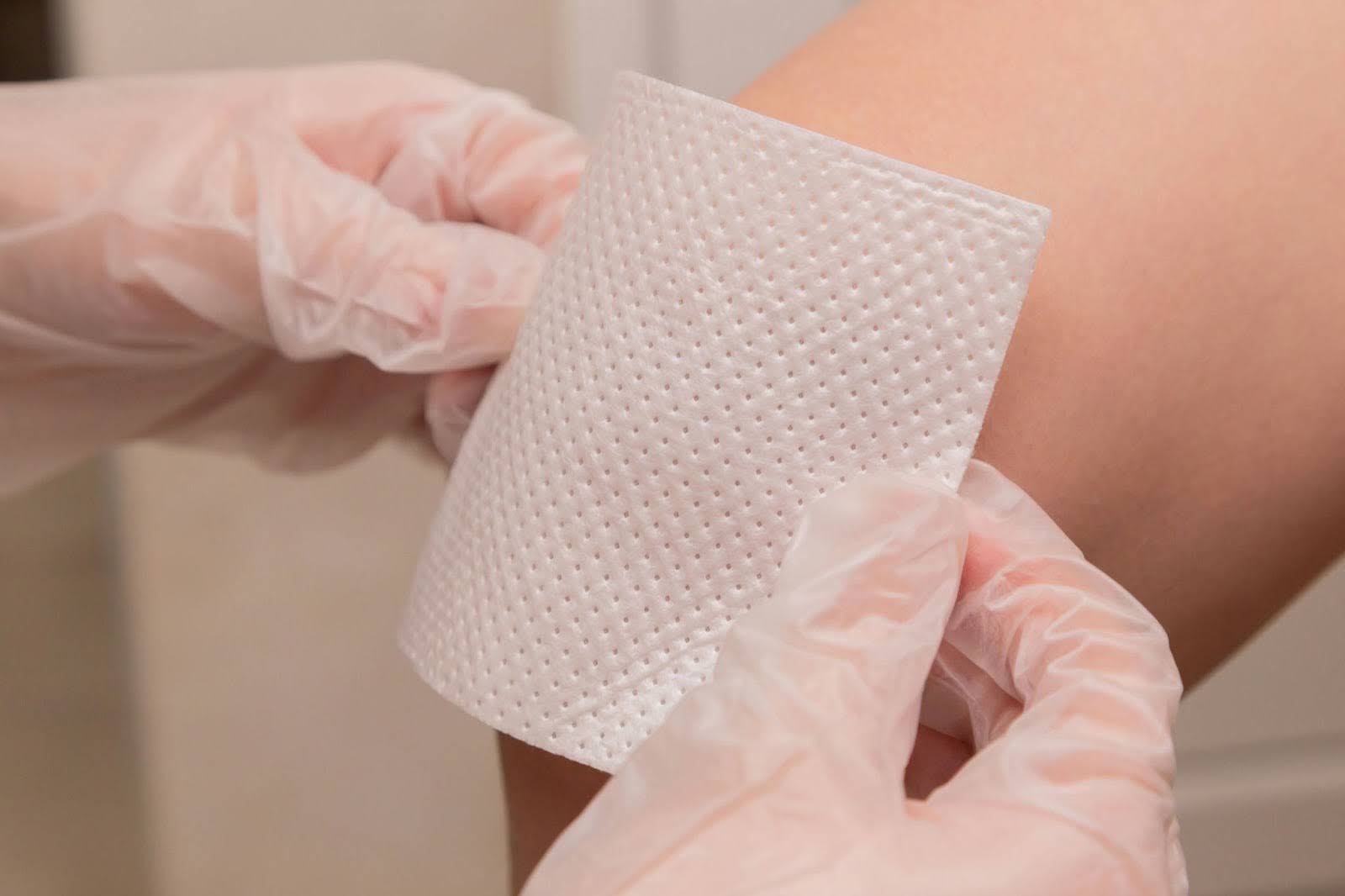As a wound care professional, you’re no stranger to stress. The pressure to provide top-notch care while managing a burdensome workload can take a toll on your well-being. Implementing effective stress reduction techniques can make a significant difference.
Surgeon and wound care professional Dr. Bardia Anvar explores practical strategies that can help you manage a career in wound care, improve your performance, and boost your overall well-being. There are a number of practical ways to ease the burden and enhance your daily professional life, whether you’re dealing with patient care, documentation, or team coordination. Engage simple strategies to find balance and resilience.
Understanding Stress in Wound Care
Stress is a significant challenge for physicians, and while wound care professionals are not subjected to the rigors of an emergency environment, there are common and shared stresses for any member of the healthcare profession. From long working hours to emotional demands, healthcare jobs can easily overwhelm anyone. Understanding the common sources of stress and its impacts is the first step in finding cogent ways to cope.
Wound care professionals face unique challenges that contribute to their stress. Dealing with patients who have chronic wounds or infections can be emotionally taxing. Building strong emotional connections with patients can make their struggles and treatment outcomes personally significant. Administrative tasks and documentation can add to the workload, taking time away from direct patient care.
Deadlines for medical reports, treatment plans, and patient follow-ups can create a rushed environment. Conflicts or poor communication within the healthcare team can lead to added stress, and a lack of necessary medical supplies or equipment can hinder care and increase frustration.
Stress affects wound care professionals in various ways and can affect decision-making, patient interactions, and job satisfaction. Understanding these sources and impacts of stress helps wound care professionals recognize when they need help and what areas to focus on for better mental well-being.
Mindfulness and Relaxation Techniques
Learning mindfulness and relaxation techniques can help wound care professionals manage stress effectively. Deep breathing is a simple yet powerful way to relax. It helps you focus and reduces stress almost immediately. You can practice this method anytime you feel stressed. It’s a quick way to reset and regain your focus, even during a busy day.

Meditation doesn’t have to take a lot of time. Even a few minutes can make a big difference. Even one minute can help clear your mind and make you feel more centered. A five-minute body scan can help with awareness of the body and reduce stress. Listening to a guided meditation can help you relax and refocus quickly.
“Incorporating mindfulness and relaxation techniques into your daily routine can be a game-changer in managing stress,” says Dr. Bardia Anvar. “By taking just a few minutes for yourself, you can enhance your well-being and be more effective in your role.”
Physical Activity and Movement
Balancing the demands of a wound care profession with personal well-being can be challenging. One effective way to alleviate stress is through physical activity. Finding time for exercise might seem impossible, given the hectic pace of wound care work.
Wound care professionals often find themselves standing or sitting for extended periods, which can lead to physical strain and mental fatigue. Taking short breaks for stretching and movement can significantly enhance your well-being. To incorporate these benefits into your day, consider setting alarms for activity and developing routines and habits such as stretching regularly and walking while you talk.
Fitting exercise and movement into a wound care professional’s day doesn’t have to be daunting. With a bit of creativity and the tips above, you can integrate physical activity seamlessly into your routine, leading to a healthier, happier you.
Building a Supportive Work Environment
Stress is a common experience for wound care professionals, given the nature of their work. Building a supportive work environment can significantly ease this burden. Creating a space where team members feel understood and backed can make a world of difference.
Notes Dr. Anvar, “Open communication forms the backbone of a supportive work environment.”
Fostering open communication creates a culture where every member feels valued and heard. Peer support networks offer yet another layer of comfort and solidarity. Knowing you have a group of colleagues to lean on can drastically lighten the emotional load.
These support networks create a sense of community, making it easier to face the daily challenges of wound care. By focusing on key strategies, a supportive work environment can be built, reducing stress and fostering a healthier, happier team.
Time Management Strategies
Working in wound care can be incredibly demanding, both physically and emotionally. Handling your time effectively can make all the difference in reducing stress and increasing efficiency. Effective prioritization is crucial for managing your workload and ensuring that important tasks are noticed.
“Start your day by listing all the tasks you need to complete. This gives you a clear picture of what needs attention,” says Dr. Anvar.
Allocate specific time slots for different tasks. For example, set aside time in the morning for wound assessments and afternoons for documentation. Try to minimize distractions by setting aside “focus time” where you can work without interruption.
Turn off notifications, close unused tabs, and let your team know you need some quiet time. If there are tasks that others can handle, don’t hesitate to delegate. This frees up your time for more critical responsibilities.
Setting achievable goals can significantly reduce stress and improve job satisfaction. Vague goals can be overwhelming, and it’s important to be specific. Large goals can be daunting. Break them down into smaller, manageable steps. This makes it more manageable to track your progress and stay motivated.
Give yourself a timeline for each goal. Deadlines create a sense of urgency and allow you to stay focused. Ensure your goals are Specific, Measurable, Achievable, Relevant, and Time-bound. This framework helps you create clear and feasible objectives.
Recognize and celebrate your progress, no matter how small. By prioritizing tasks effectively and setting realistic goals, you can better manage your time and relieve stress in your daily work. Remember, small changes can lead to substantial improvements in your efficiency and overall well-being.

Balancing the demands of wound care with personal well-being is crucial for any health professional. Professional development and training can help in managing the stresses associated with such a demanding field. Keeping up with the latest developments in wound care is essential.
Continuing education opportunities help professionals stay on top of new techniques, treatments, and best practices. By continuously learning, wound care professionals can boost their confidence, making it easier to tackle daily challenges with ease and competence. After all, knowledge is power.
Investing time in stress management can improve overall well-being. When you prepare yourself with stress reduction techniques, you create a healthier work environment for yourself and those around you. Workplace stress impacts healthcare professionals daily, even in areas like wound care, where the pace and demands are different from emergency-focused work. Innovations in stress management promise a brighter, more balanced future for healthcare workers.
Published by: Nelly Chavez




